Aka Obi - Judo Term Explained
Share

The aka obi, a red belt worn in Judo, is a prestigious symbol of expertise.
Typically reserved for those holding a 9th or 10th Dan, this esteemed belt signifies mastery in the art.
Interestingly, women achieve the red belt at the 8th Dan level.
Additionally, the kohaku obi, a red-and-white belt, is worn by judokas ranging from the 6th to the 8th Dan.
This article delves into the historical and cultural significance of the aka obi in the world of Judo.
Key Takeaways
- Aka Obi is a red belt worn in Judo, reserved for 9th or 10th Dan practitioners.
- It signifies mastery in the art of Judo and holds cultural significance in martial arts.
- Women achieve the red belt at the 8th Dan level, while men achieve it at the 9th or 10th Dan.
- Aka Obi represents tradition and the cultural importance of Japanese martial arts.
History and Significance of Aka Obi in Judo
One of the most significant aspects of the history of Aka Obi in Judo is its role in distinguishing high-ranking practitioners, such as 9th or 10th Dan, in matches.
The evolution of belt colors in martial arts has led to the symbolism of different belt colors in various disciplines.
Belts hold cultural significance in martial arts, with their historical origins dating back to ancient times.
The impact of belt colors on motivation and goal setting in martial arts is undeniable.
Qualifications and Requirements for Wearing Aka Obi
To wear the Aka Obi in Judo, a practitioner must demonstrate exceptional skill and achieve a minimum rank of 9th or 10th Dan.
This prestigious red belt is reserved for the highest-ranking judokas who have dedicated years to their training and have accumulated a wealth of experience.
Achieving this level requires technical proficiency and a deep understanding of Judo principles and the ability to apply them effectively in real-world situations.
| Requirements | Training | Experience | Skill Level |
|---|---|---|---|
| Exceptional skill | Years of dedicated training | Accumulated experience | Highest-ranking judoka |
| Achieve 9th or 10th Dan | Mastery of Judo principles | Real-world application | Advanced technical proficiency |
Judokas who have earned the privilege of wearing the Aka Obi have demonstrated their exceptional skill level and their commitment to the art.
Their achievements are a testament to their dedication and hard work, as they have surpassed the ranks of many other judokas to reach this prestigious level.
The Aka Obi serves as a symbol of their mastery and serves as a constant reminder of the heights they have achieved in their Judo journey.
The Role of Aka Obi in Judo Ranking System
The Aka Obi plays a crucial role in the Judo ranking system, signifying practitioners' highest achievement and skill level.
It carries deep symbolism in the world of Judo, representing the significance of competition and the tradition and cultural importance of Japanese martial arts.
The Aka Obi has evolved in modern Judo, adapting to the changing times while upholding its traditional roots.
Frequently Asked Questions
What Is the Meaning Behind the Color Red in the Aka Obi in Judo?
The red belt, aka obi, in Judo symbolizes mastery and expertise. Its cultural significance in Japanese martial arts dates back to ancient times.
The color red represents power, passion, and respect within the judo community.
Are There Any Other Martial Arts That Use a Red Belt to Signify Skill Level?
Other martial arts, like Karate and Taekwondo, also use a red belt to signify skill level. In Judo, the red belt is reserved for high-ranking practitioners, with women achieving it at 8th Dan. It holds cultural significance and represents mastery.
Can Women Wear the Red Belt in Judo?
Women in Judo can indeed wear the red belt, challenging gender norms and promoting gender diversity in martial arts.
The red belt symbolizes skill and achievement, and women who excel in Judo can earn this prestigious rank.
Are Any Specific Techniques or Skills Required to Be Mastered Before Receiving the Aka Obi?
Preparation techniques, training requirements, and mastery prerequisites are necessary to qualify for the aka obi in Judo. Skill level requirements must be met before a practitioner can wear the prestigious red belt.
Are There Any Cultural or Historical References Associated With the Aka Obi in Judo?
The aka obi in Judo is symbolic as a traditional attire representing the wearer's high rank. Its cultural importance can be traced back to the historical origins of Judo and its belt ranking system.
Conclusion
In conclusion, the aka obi in Judo represents the pinnacle of mastery and achievement. With its vibrant red color, it serves as a powerful symbol of expertise and dedication.
The aka obi is reserved for those who've reached the highest levels of skill and knowledge in the art of Judo. Its historical and cultural significance can't be understated, making it a coveted and respected symbol in the world of martial arts.
Related Posts
-
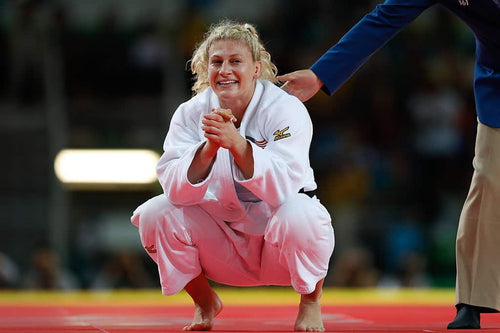
Kayla Harrison's Judo Journey - Judo Champion Turned MMA Powerhouse
Kayla Harrison is a groundbreaking American judoka who made history by becoming the first American woman to win an Ol...
-

Judo Atlanta - List of Judo Clubs in Atlanta area
In Atlanta, you can find excellent judo clubs such as Atlanta Judo Midtown and Black Ice Fitness where you can train...
-

Guram Tushishvili Disqualified - JUDO DRAMA with Teddy Riner
Guram Tushishvili Disqualified - Unsportsmanlike Behavior to French Judoka Teddy Riner Leads to Disqualification fro...
-

Yeldos Smetov - Judoka Profile
Yeldos Smetov, a name synonymous with excellence in judo, has carved out an illustrious career that stands as a beac...
-

Judo Olympics 2024 Results - Gold, Silver, and Bronze Medalists
The Judo Olympics 2024 Results are eagerly anticipated as the Paris Games approach, promising a thrilling display...
-

Judo For Self Defense - Here Is Why Is Judo Best For Self-Defense
Judo For Self Defense packs a punch. This martial art, born in Japan, turns attackers' strength against them. No nee...
-
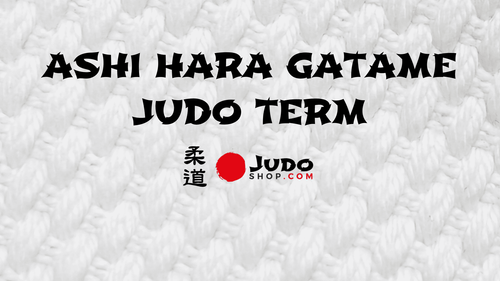
Ashi Hara Gatame - Judo Term Explained
Ashi Hara Gatame is a specialized technique in the martial art of judo, combining leg control, abdominal pressure, a...
-
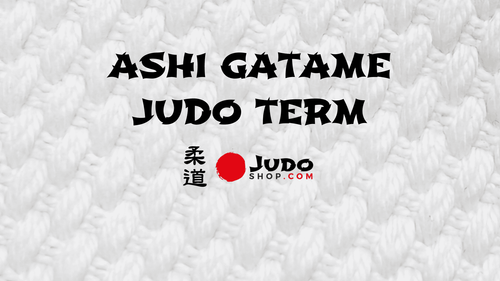
Ashi Gatame - Judo Term Explained
Ashi Gatame is a Judo technique referring to a kansetsu-waza (joint lock) where one uses their legs to immobilise ...
-
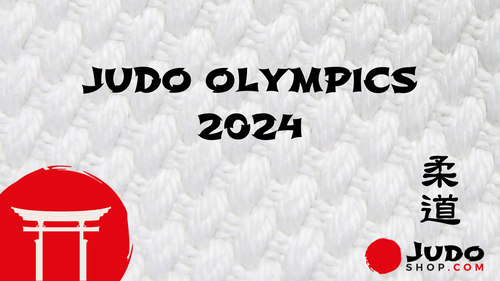
Judo Olympics 2024: Highlights, Athletes, and Schedules
Judo Olympics 2024 enthusiasts, mark your calendars! From July 27 to August 3, the Grand Palais Éphémère near the Eif...
-
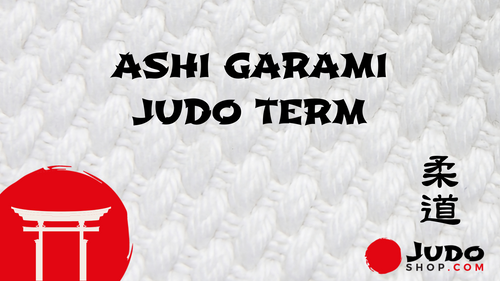
Ashi Garami - Judo Term Explained
What does "Ashi garami" mean in Judo? "Ashi garami" (足緘) is a Japanese term used in Judo that literally translates t...
-
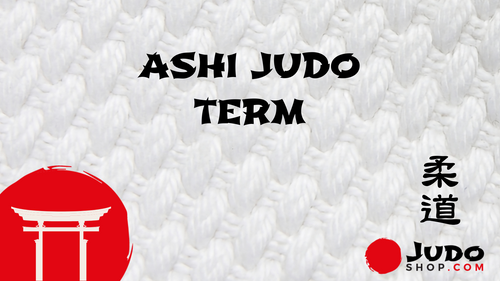
Ashi - Judo Term Explained
Ashi is term in Judo, referring to a leg or foot and category of judo techniques designed to unbalance and throw an ...
-
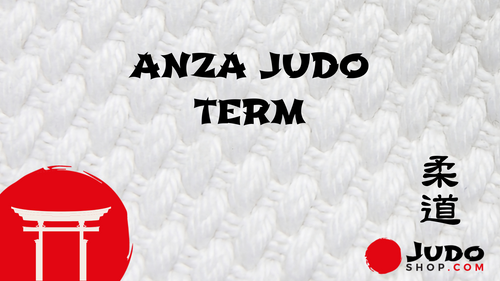
Anza - Judo Term Explained
The term Anza in Judo (安座) embodies a significant practice beyond merely sitting; it signals a deep respect and disc...
-
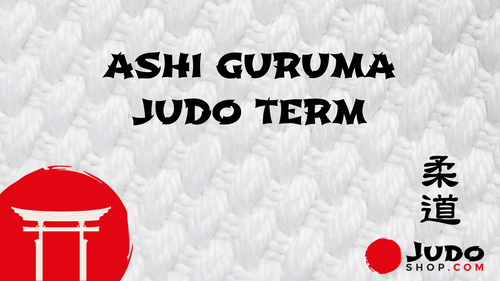
Ashi Guruma - Judo Term Explained
Ashi Guruma is a Judo term rooted in the martial art of Judo, which translates from Japanese as 'leg wheel'. This ju...
-
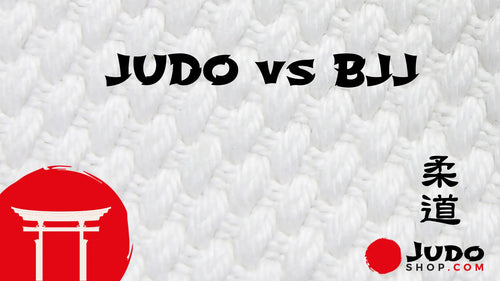
Judo vs BJJ? Of course Judo! Judo is better!
Welcome to Judoshop.com, the premier destination for judo enthusiasts worldwide. Here, we cater to beginners and vet...
-
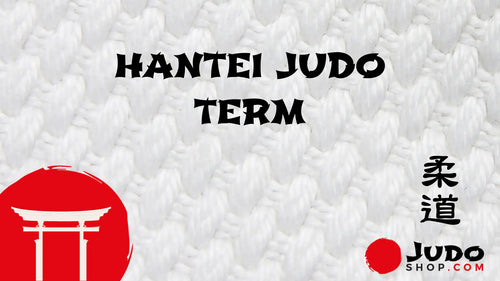
Hantei Judo Term Explanation
Contrary to popular belief, the term 'Hantei' in Judo is not just a simple decision-making process. It holds the p...
-
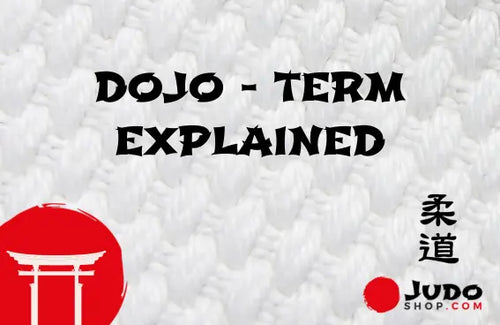
Dojo Meaning (updated 2023)
Dojos, places of immersive learning and meditation, hold great significance in martial arts. Derived from the Japane...
-
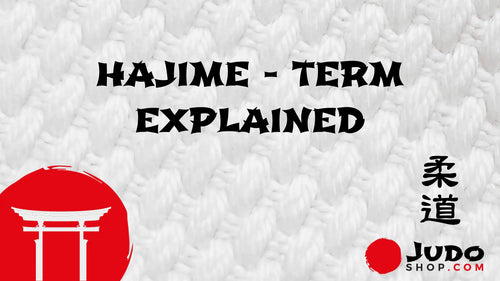
Hajime - Judo Term Explained
Ready to learn about Hajime in judo?It's all about using throws, pins, and joint locks on the mat. With the command ...
-
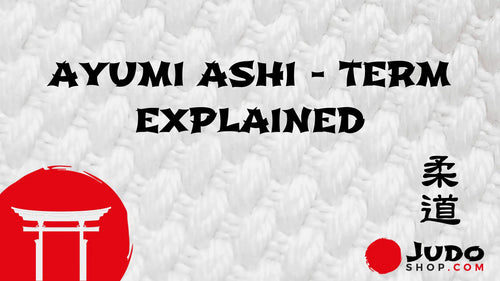
Ayumi Ashi - Judo Foot Work Explained
Are you ready to step into the world of Judo and master the art of Ayumi Ashi - 歩み足? This fundamental footwork techn...
-
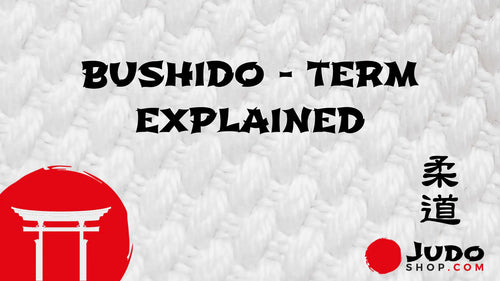
Bushido Explained
Bushido, the traditional code of ethics followed by samurai warriors in feudal Japan, is a subject that fascinates ...
-
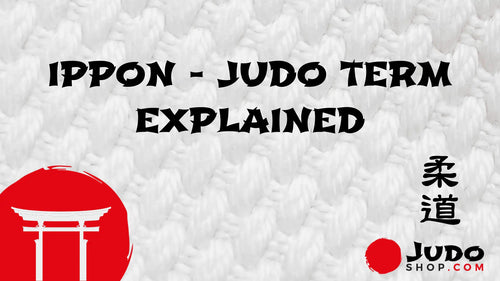
Ippon - Judo Term Explained
Imagine stepping onto the mat and feeling the adrenaline rush through your veins. In the world of judo, one ultimate...
-
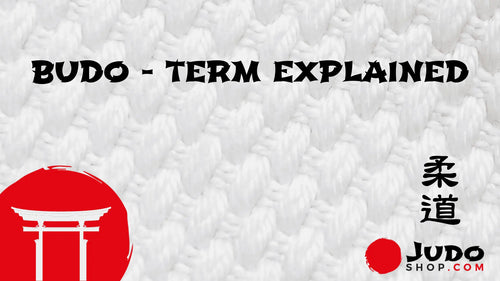
Budo - Term Explained
In a world full of chaos and conflict, one finds solace in the ancient art of budo. Contrary to popular belief, budo...
-
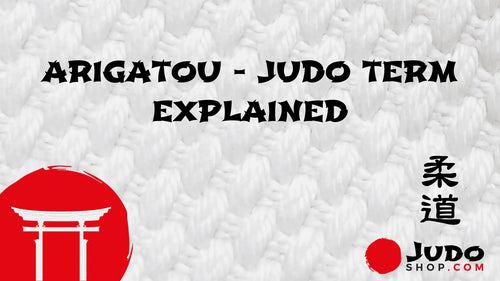
Arigatou - Judo Term Explained
Do you ever wonder about the true meaning behind the Japanese word 'Arigatou'? Well, wonder no more! 'Arigatou' is a...
-
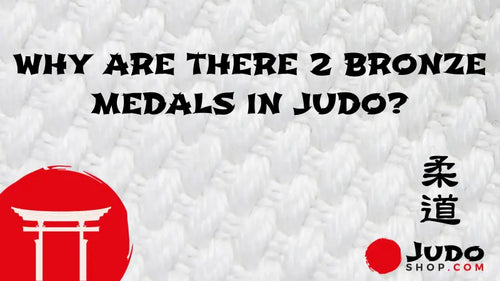
Why Are There 2 Bronze Medals In Judo
Judo is a unique sport that gives two bronze medals in each weight class. Many people wonder why this is done. To fi...
-
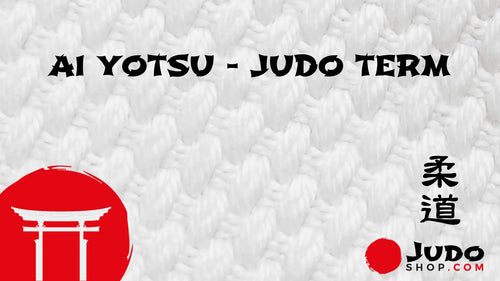
Ai Yotsu - Judo Term Explained
In the world of Judo, a term holds immense significance - Ai Yotsu. This grip, characterized by an intense and intim...
-
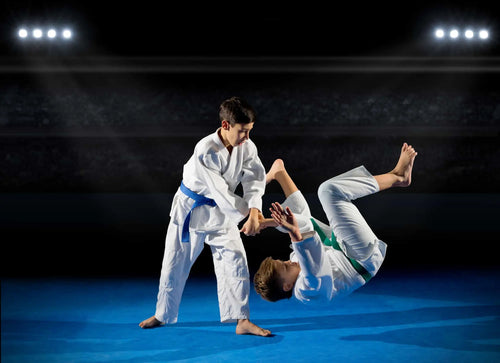
Is Judo Dangerous - Unveiling the Shocking Truths Behind this Ancient Martial Art
With its powerful throws and complex grappling techniques, one might wonder, "Is judo dangerous?" Yes, judo can po...
-

Is Judo The Toughest Sport - Unraveling the Grit and Grace of the Gentle Way
Judo, known as the Gentle Way, may seem like a paradoxical name for a sport, but don't let that fool you. While Ju...
-

Judo Terms - A Complete List of Judo Terms
Judo terms are the foundation of this martial art, and our collection is here to help both new and experienced judok...
-
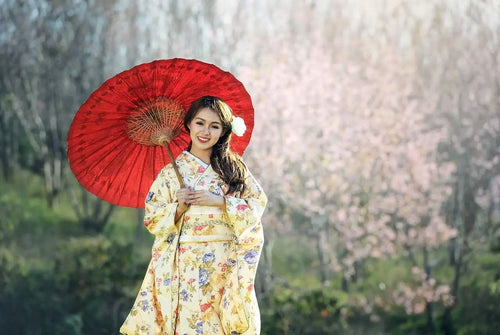
English to Japanese Kanji and Hiragana translations
Are you looking for an English to Japanese Kanji translation? Here you can find more than 30 examples of Kanji and ...




























